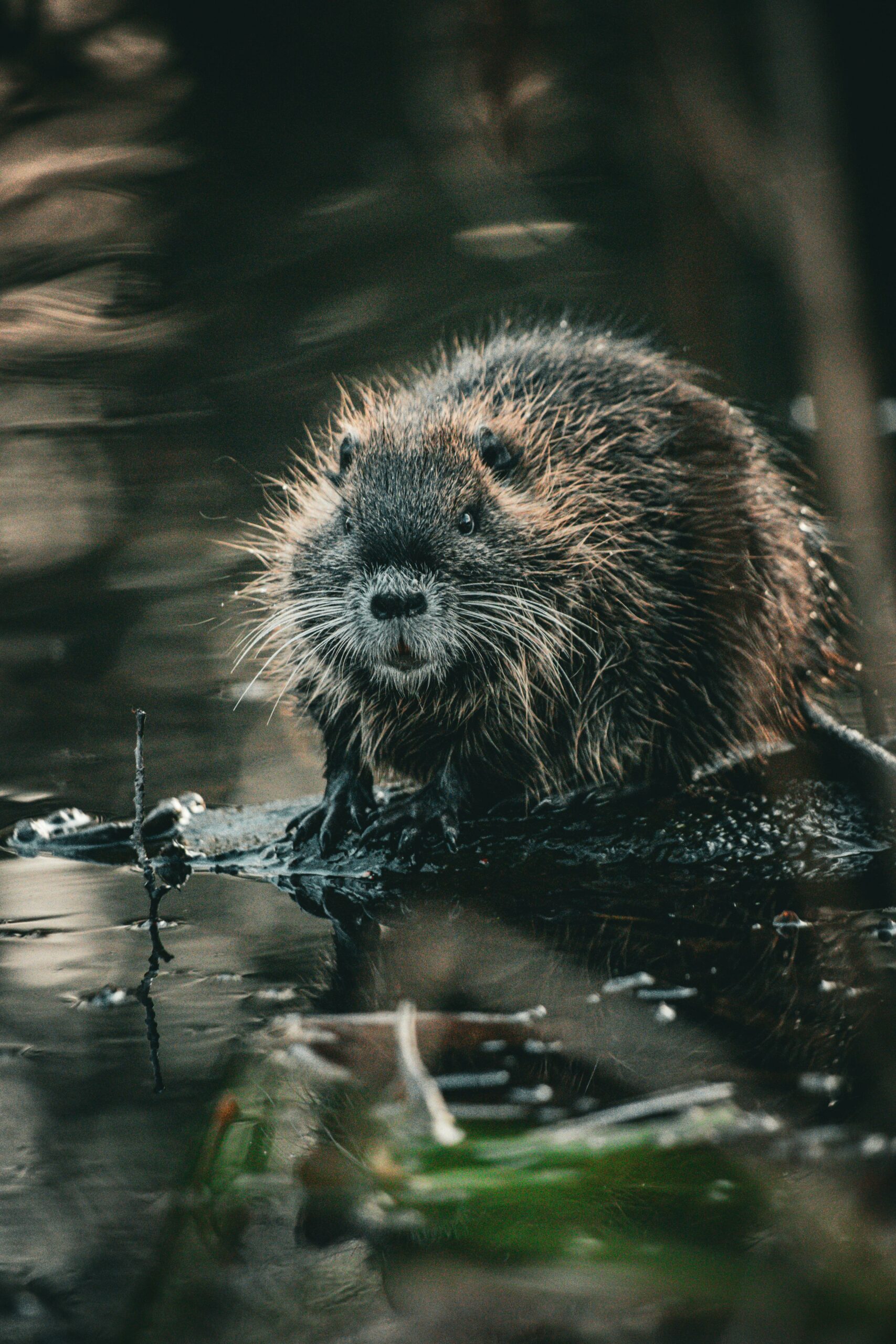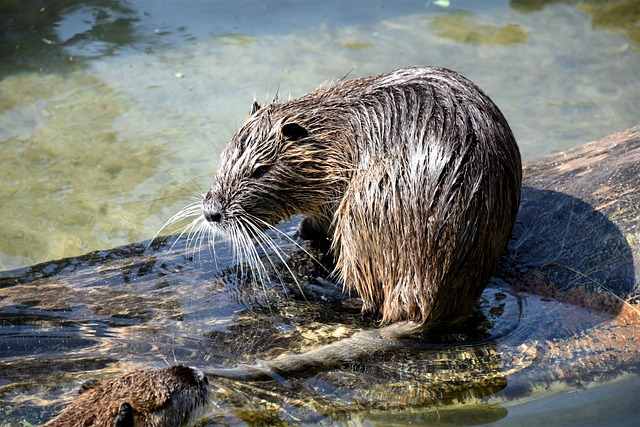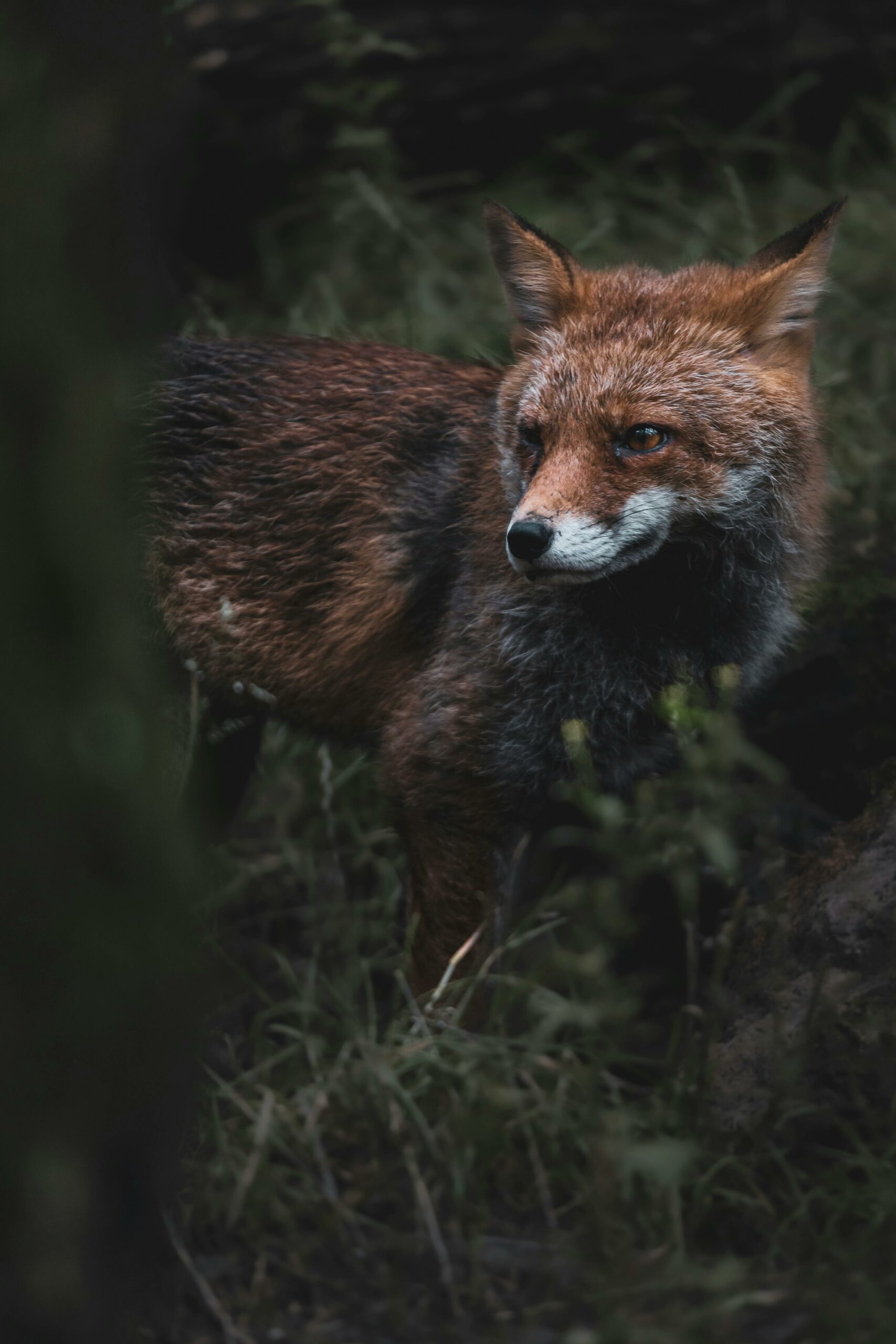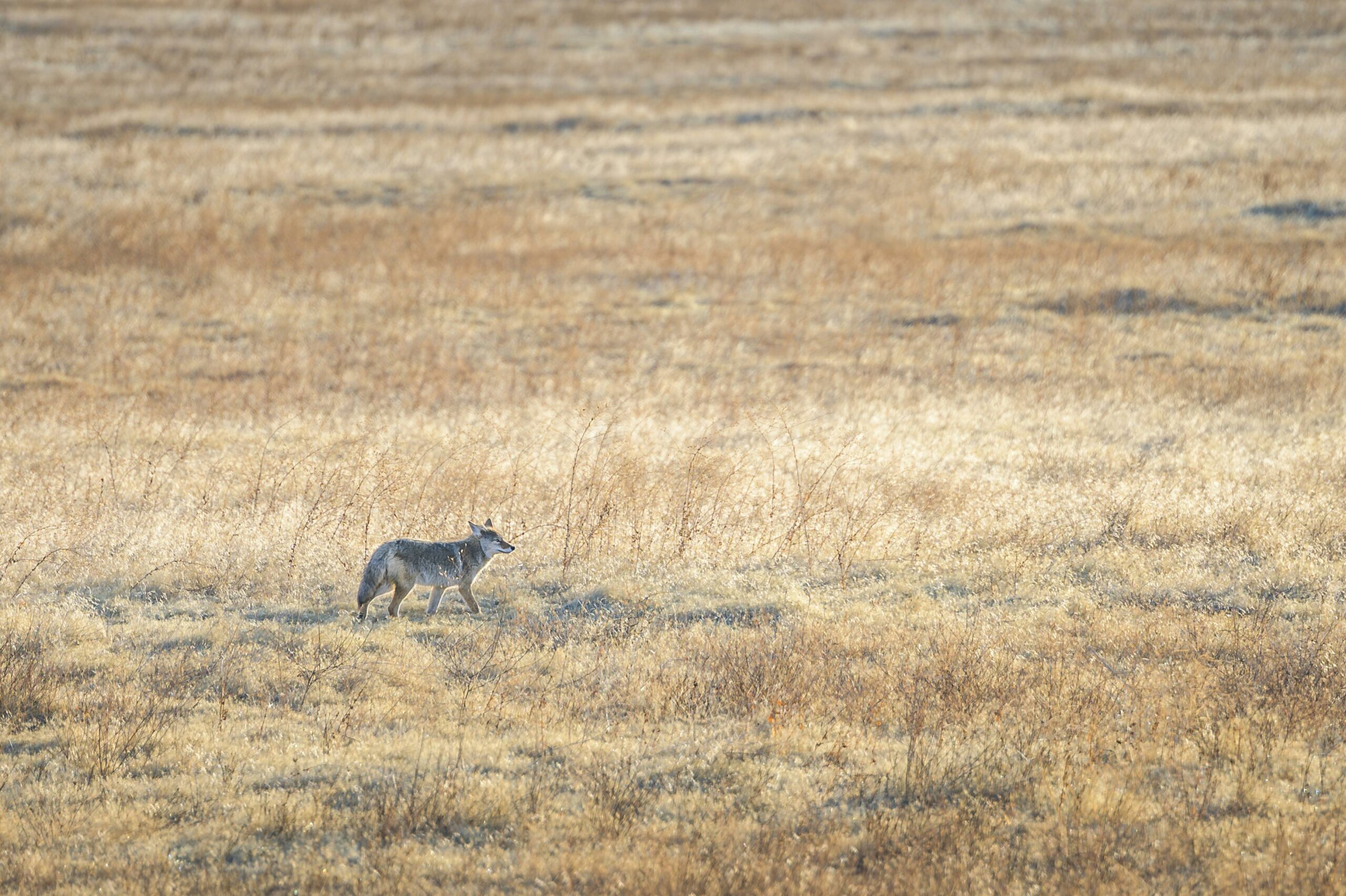Beaver trapping requires patience, skill, and knowledge of the animal’s behavior. The first step in successful beaver trapping is understanding the habitat and behavior of these animals. Beavers are primarily nocturnal, so traps should be set at dusk and checked at dawn. They are also known to be territorial, so it’s important to identify the areas where they build their lodges and dams. These structures are often located near the water’s edge, and beavers are known for their impressive engineering skills. Traps should be set near these structures, as beavers tend to frequent these areas for food and shelter.
Another important aspect of beaver trapping is choosing the right type of trap. Conibear traps are the most commonly used for beavers, as they are strong enough to hold the animal and can be set underwater. These traps should be placed in the water, either on the bottom or partially submerged, with the trigger mechanism facing the direction the beaver will approach from. It’s also important to secure the trap to a stake or heavy object to prevent the beaver from dragging it away.
Baiting the trap is another crucial element in beaver trapping. Beavers are herbivores, so they are attracted to fresh branches and foliage. Some popular bait options include aspen, birch, and poplar branches. These should be cut fresh and placed near the trap to entice the beaver. It’s important to remember that beavers are cautious animals, so it may take a few days for them to become comfortable with the bait and trap.
Once the trap is set and baited, it’s important to check it regularly. Beavers are strong animals and can potentially escape a poorly set trap. Additionally, if the beaver is caught alive, it’s important to handle it with care and dispatch it quickly and humanely. It’s also important to check local regulations and laws regarding trapping and handling of beavers.
In addition to knowing the animal’s behavior and using the right trap and bait, there are also some general tips for successful beaver trapping. It’s important to check the trap after heavy rain or snow, as this may cause it to shift or become damaged. It’s also recommended to use gloves when handling traps and bait to avoid leaving human scent, which may scare off the beaver.
Furthermore, beaver trapping requires a certain level of ethical responsibility. These animals are an important part of the ecosystem and play a vital role in maintaining wetland habitats. It’s important to only trap beavers if they are causing damage or posing a threat to human property. Trappers should also be mindful of unintentionally trapping other animals, such as otters or muskrats, and release them unharmed if caught.
In conclusion, beaver trapping requires a combination of knowledge, skill, and ethical responsibility. By understanding the animal’s behavior, using the right traps and bait, and following general tips, trappers can successfully capture beavers and mitigate any potential damage they may cause. It’s important to always check local regulations and handle the animals with care and respect. With these tips in mind, trapping can be a valuable tool for managing beaver populations while also respecting their role in the environment.






